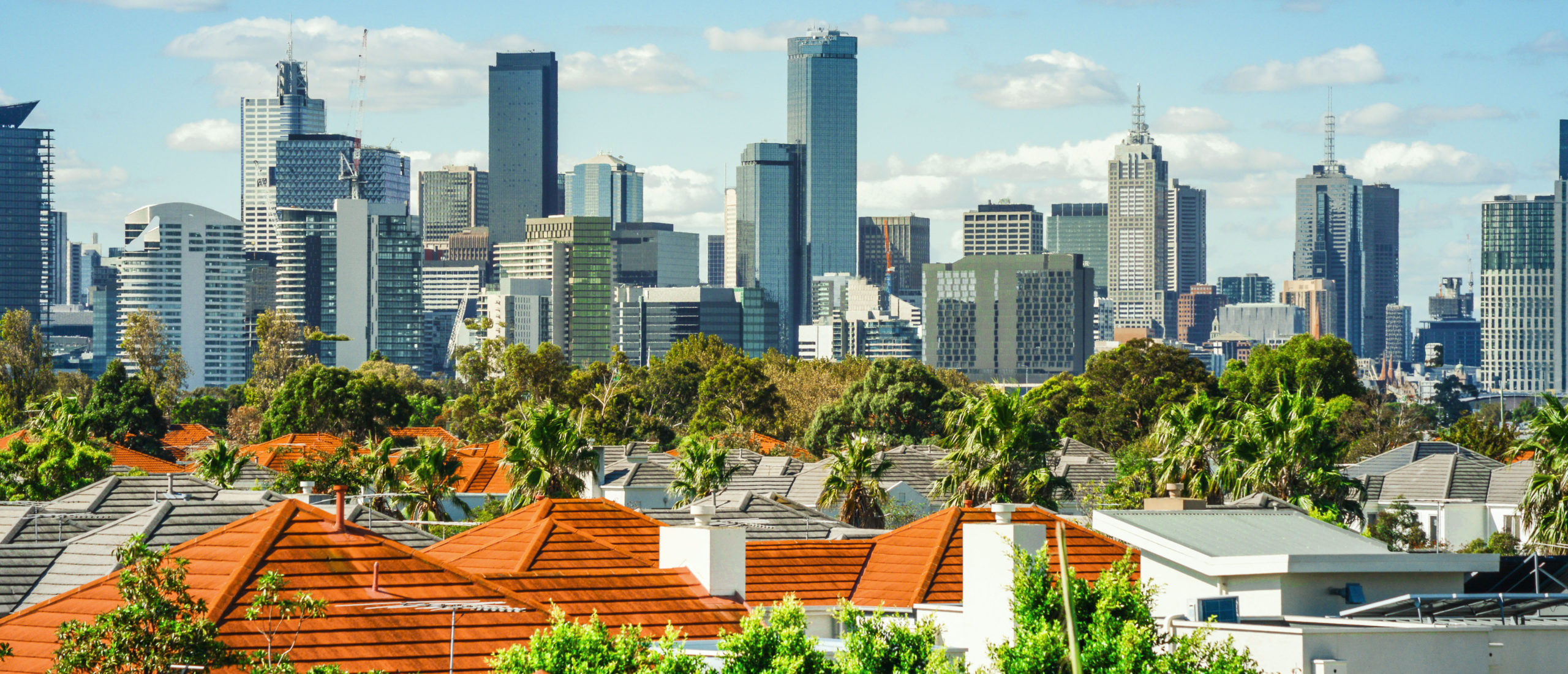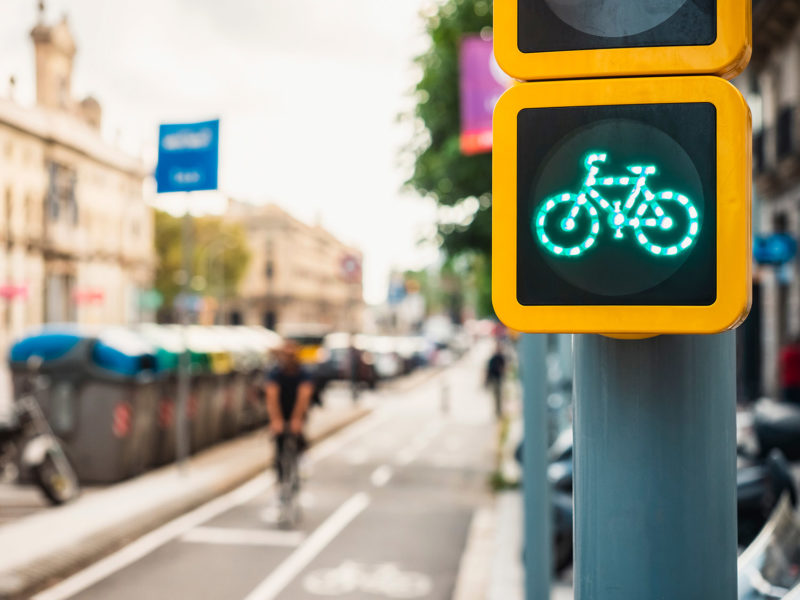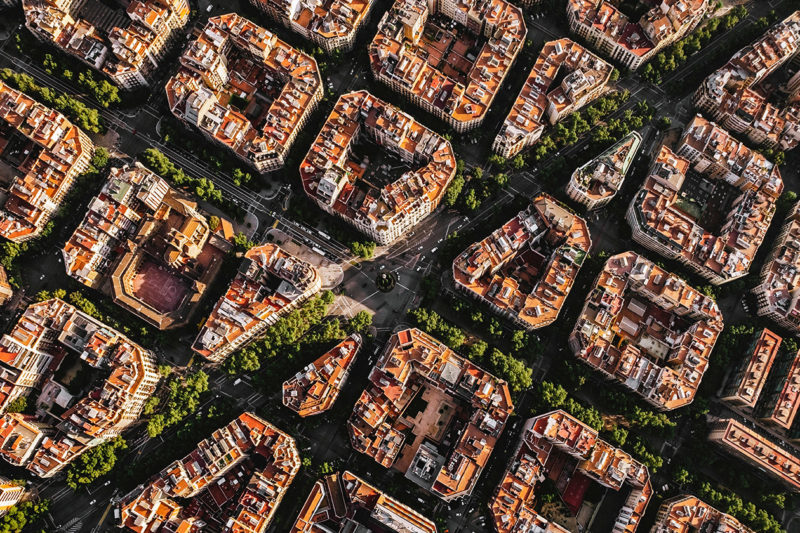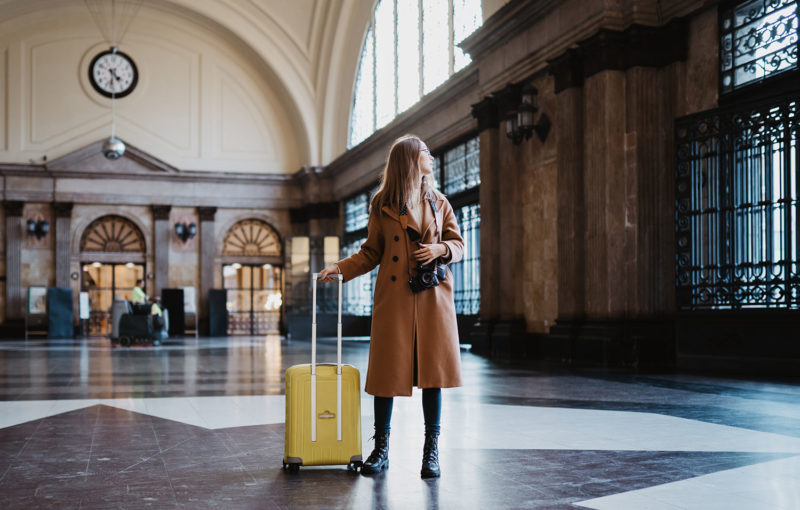

15-minute cities are now a reality
Could you imagine having everything you need within a 15-minute walk? This is the aim of the so-called “15-minute cities”, a new concept of urban planning with reduced journeys and decentralised services.
The 15-minute city is a project promoted by the French-Colombian professor and scientist Carlos Moreno, an expert in urban planning, that is committed to a model of intelligent cities, designed for their inhabitants. An idea that is moving increasingly away from utopia and just getting started in some cities around the world.
It is a clear one: urban planning is now subordinated to asphalt, due to a model where cars are the protagonists. The rest of the city has adapted to it for decades. But, when the energy transition is a reality and all forms of transport opt for carbon-free energy sources, the way we imagine urban planning must also change. Hence, Carlos Moreno’s initiative, which implies changing our pace of life, in a city created not only to be useful but above all to be enjoyed.
The city that saves you time
Time is one of the main problems in cities. Immediacy, the obligation of having everything at the moment, the stress of overcrowded journeys, and the time we invest in each journey. Travelling must be reduced, and this is only going to be achieved if people can satisfy all their needs within a radius of approximately 15 minutes, whether on foot or by bicycle. We are talking about housing, working, meeting basic needs, medical care (health and pharmacies), learning and enjoyment. It is therefore essential to provide each area of the city with a heterogeneous, efficient and local business and cultural fabric. The optimization of supply and the use of technology will be key to obtaining collaborative and shared business models.
In this model, the bicycle is the main means of transport, as in the Nordic countries, because it is much more sustainable for the environment and substantially cheaper for the user. Commitment to green cities also brings physical and mental health benefits, by making inhabitants feel at ease as part of the community and by reducing stress, thanks to a slower and more conscious pace of life.
The school, epicentre of the community
Space is the other key element that is very slowly being reconquered in the form of green areas, bicycle lanes or pedestrian streets. Reducing travelling would mean less space for vehicles and, therefore, more space for people. Educational centres are also gaining prominence; they are opening up to the community and becoming more of a space for socialising outside of school hours since their facilities are offered for communal use.
The other challenge of the new cities is inclusion and social engagement. This model goes beyond urban planning and seeks to create cities where everyone has a place, without discrimination. It involves the creation of an economic model focused on real and current needs, which should reduce inequalities, both in terms of access to housing and to well maintained green areas.
From utopia to reality
In recent years, several cities around the world have been interested in or have even started to apply this model. Portland, in the United States, was one of the first ones to implement this idea in 2000. Since then, it has been working towards a single goal: that by 2030, 90% of the population be able to travel on foot or by bicycle to access basic services. In 2018, Melbourne opted for this policy, which is currently being implemented in three areas of the city. Paris, Milan and several Swedish cities are also joining the growing list of municipalities redesigning urbanism to put sustainability and citizenship at the centre of it.
Do you want to be the first to receive the latest news about 11Onze? Click here to subscribe to our Telegram channel





Cal recuperar el tarannà de barri o de ciutat de 15 minuts, tant de bó s’aconsegueixi a les grans ciutats catalanes aquest objectiu!
Estic d’acord Rosa!
Jo soc d’aquets dels 15 minuts o meig , només surto del meu poble per anar a la feina , tot el que pugui fer al meu barri ho faig, a pendre a fer servir el petit comerç de proximitat seria el primer que tindríem que fer, hon el comerciants acabem se’n els teus amics.
El comerç de proximitat dona vida als pobles i a més tots ens coneixem. Gràcies pel teu comentari Manel, ens veiem per La Plaça
Less ciutats de 15 minuts ja existien al nostre país, quan l’Eixample o els nuclis antics de Gràcia, Sant Andreu, o Sants – i també altres ciutats mitjanes de Catalunya- tenien la seva pròpia combinació d’habitatge, comerç i tallers o oficines. El tancament de molts petits comerços i el creixement d’altres nuclis de població sense aquesta tradició (ei, “tradició” de finals del XIX, només) han generat aquestes grans superfícies i els sectors especialitzats: urbanitzacions d’habitatges més o menys dispersos, zones de negocis, zones de tallers i fàbriques, i grans superfícies comercials.
A Gràcia part de la tendència s’ha revertit i hi ha, novament, aquesta combinació en la que tot és a menys de 15 minuts caminant – però perquè hi ha una massa crítica suficientment gran i això també es nota perquè el que hi manca és el verd (compareu-ne la densitat de població amb la de Hong Kong o la de Mumbai, i les de Londres o Brussel·les).
En definitiva, no ens cal un model “nou” americà pensat, sovint, per als models de ciutats mitjanes americanes o nòrdiques; simplement, hem de recuperar allò que el creixement descontrolat ens ha anat prenent. I en el cas de la Catalunya interior, això necessita recuperar la població que va haver de marxar per la pèrdua de les collites amb les glaçades de 1956.
De fet és el que dius, ja ho tenim i no en fa tant que així eren la majoria dels nostres pobles, petits barris i fins i tot ciutats, una comoditat tenir-ho tot a l’abast d’una caminada o d’anar en bici, la d’hores que guanyaríem…. Gràcies, Alfons per la teva aportació, seguim per La Plaça
Un projecte molt interessant. Estaria molt bé aconseguir-ho.
Doncs si, Carles, aniria molt bé per tot, sobretot pel planeta!!! Gràcies pel teu comentari.
Bon concepte
Moltes gràcies, Ricard.
Tak i com ha dit en Pere petits pobles on viuee sigui el que vol dir aquest mor,amb tot el seu significat
Ciutats i pobles tot a 15 minuts ,meravellós
Gràcies, Alícia. Un bonic concepte que pot ser una realitat i que és extensible per projectes d’habitatge futurs.
Una utopia meravellosa💚
Doncs si, esperem que es pugui tornar amb real, moltes gràcies per comentar a la plaça!
Si no podem viure fora de les ciutats, fem que aquestes siguin una unió de petits pobles amb tot a l’abast per viure, treballar i gaudir. Perfecte.
Ho has resumit a la perfecció, Pere! Aquesta és la filosofia de les ciutats de 15 minuts.
👌